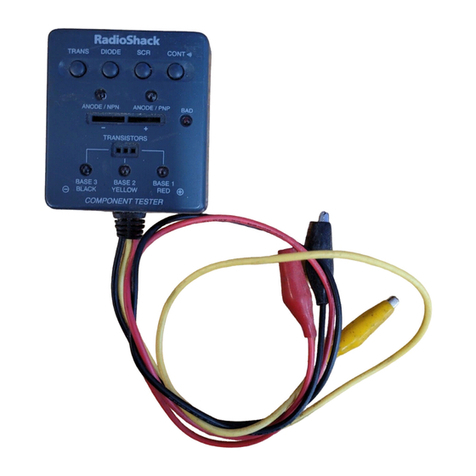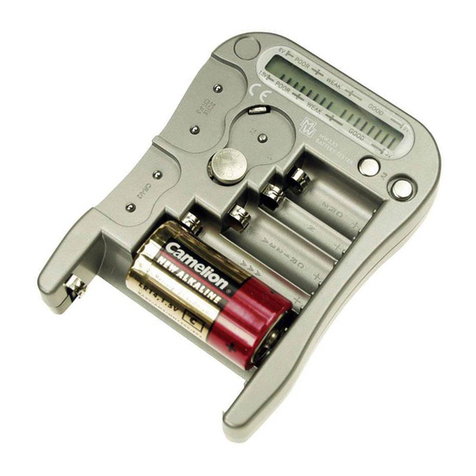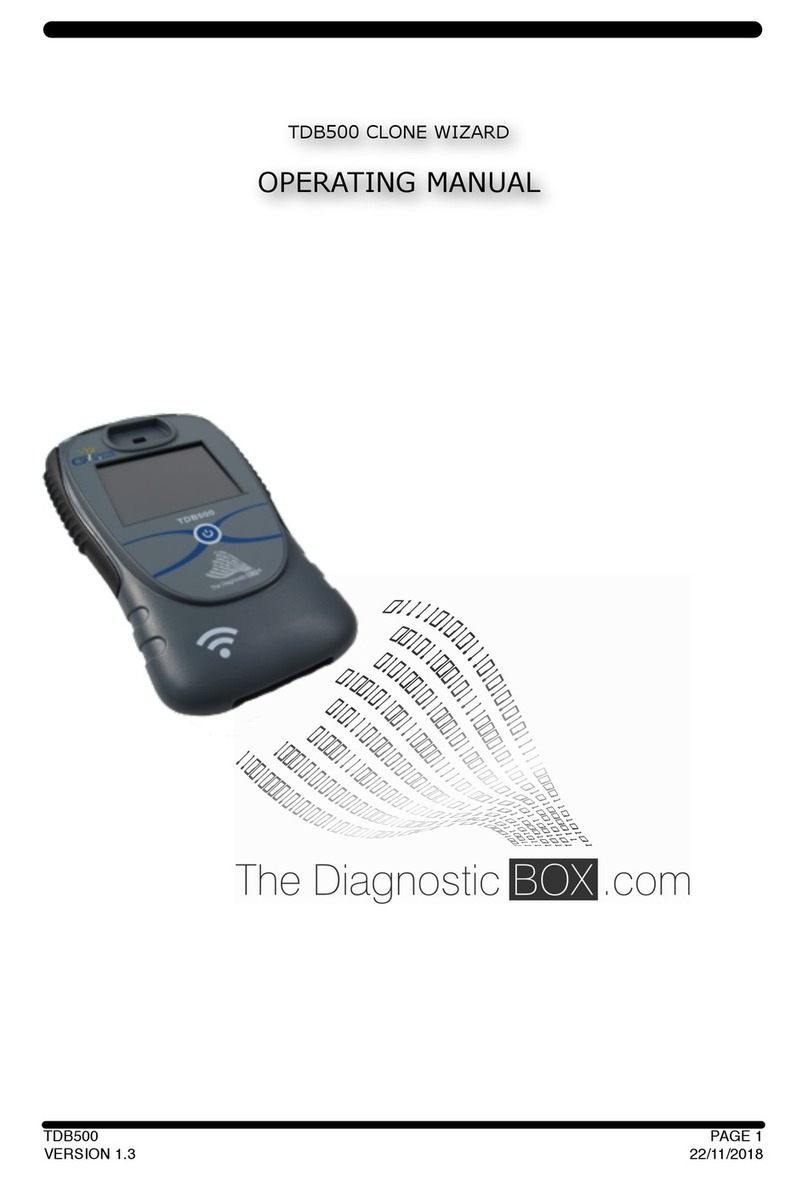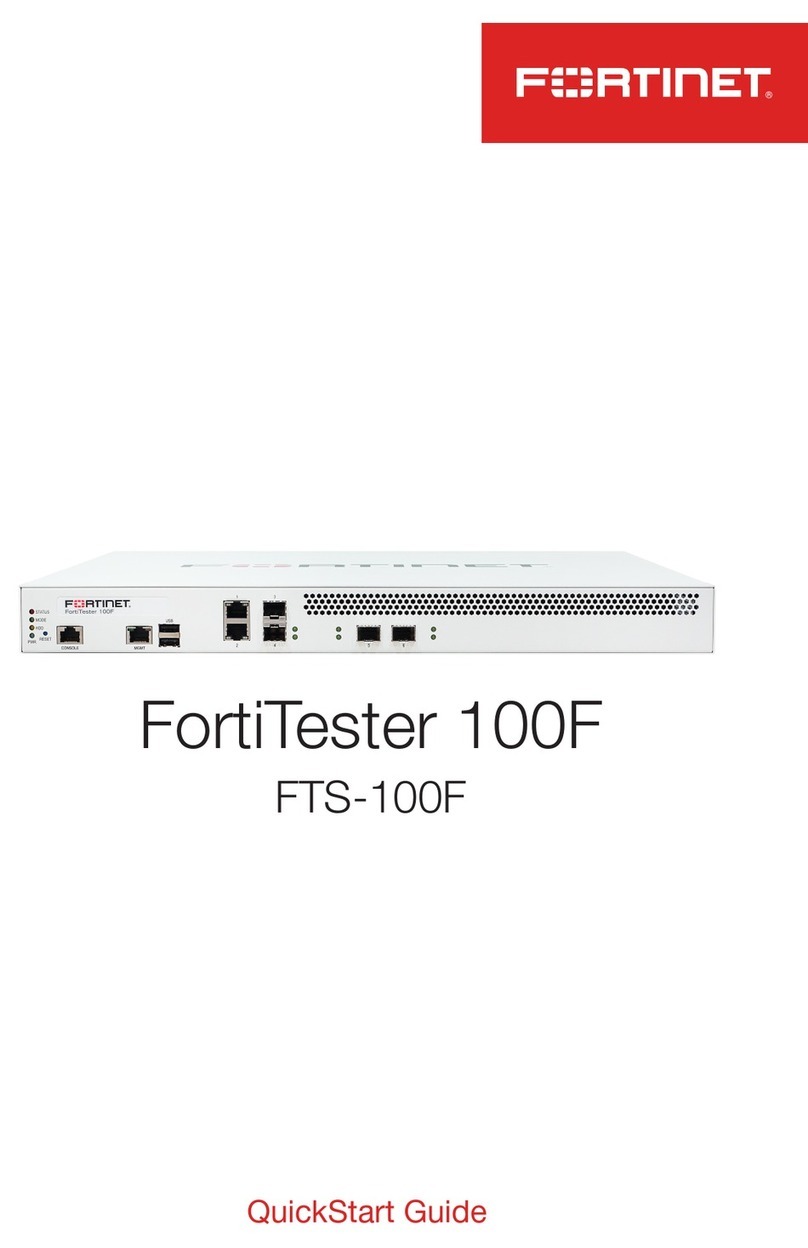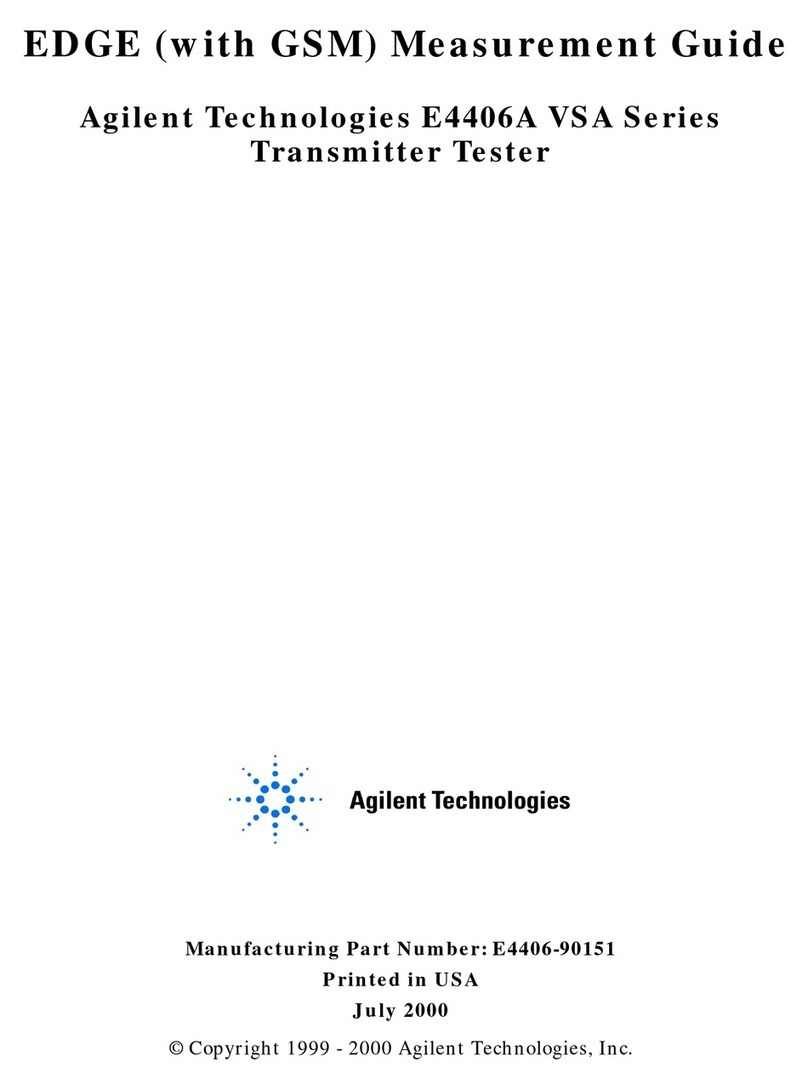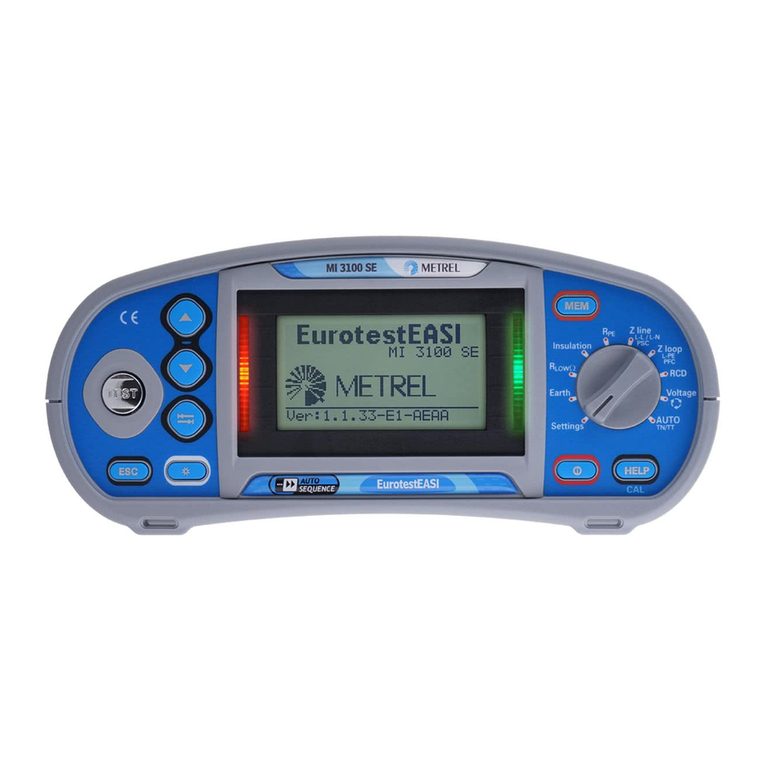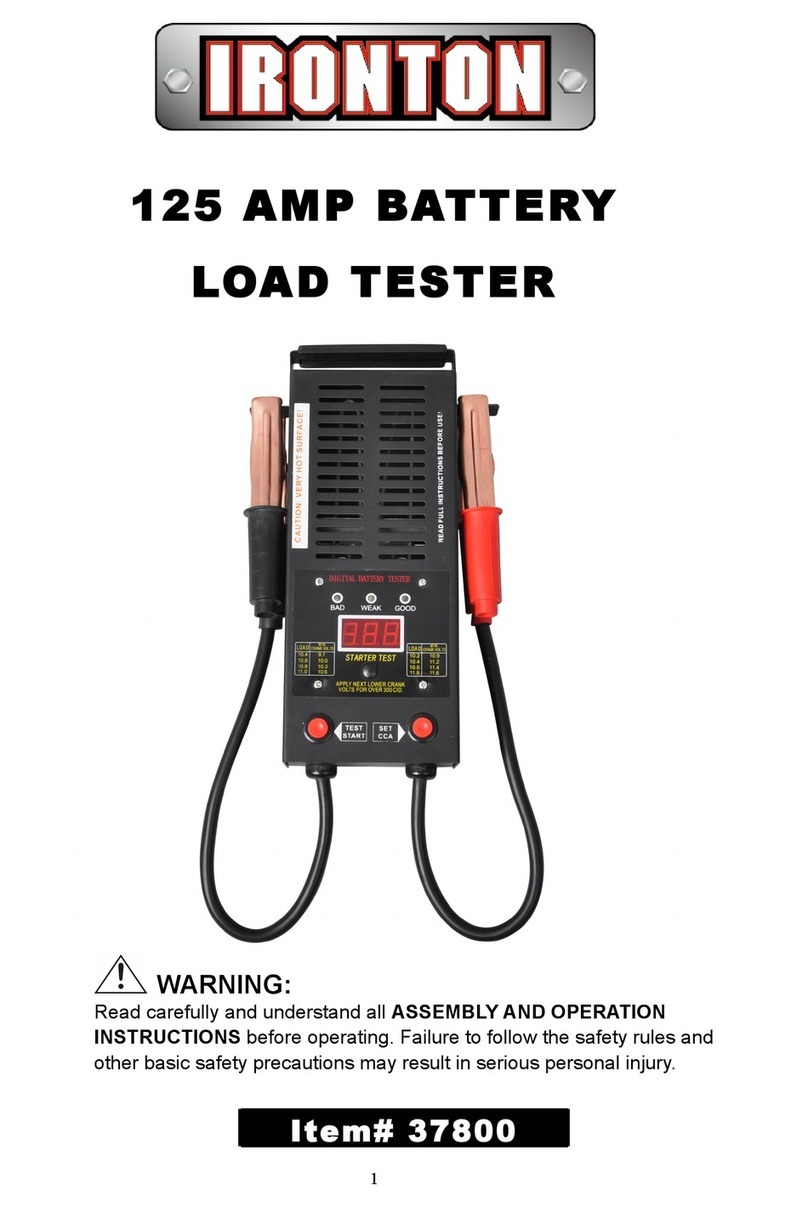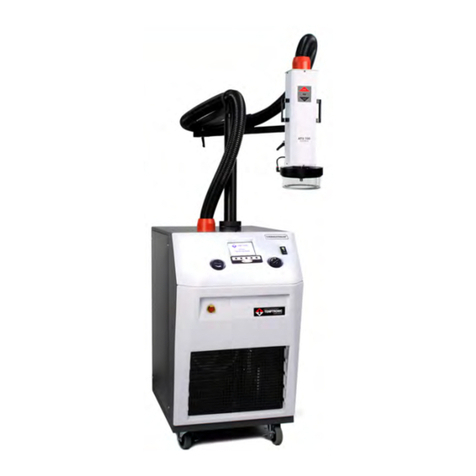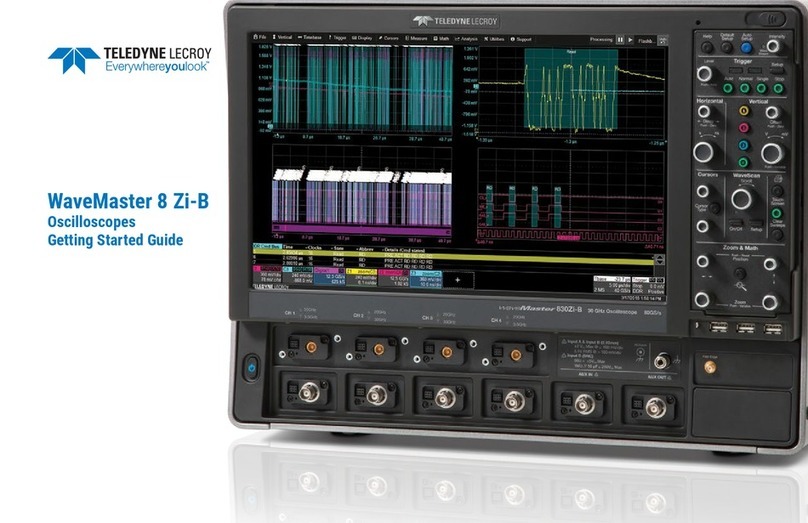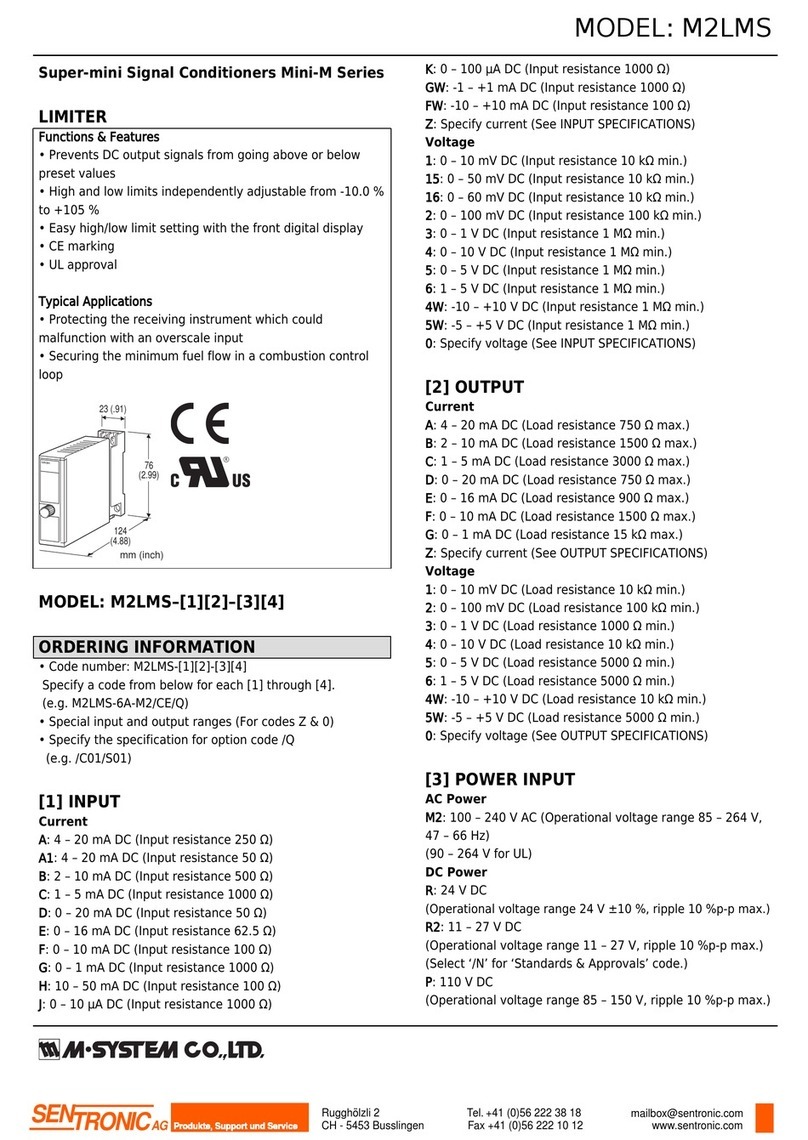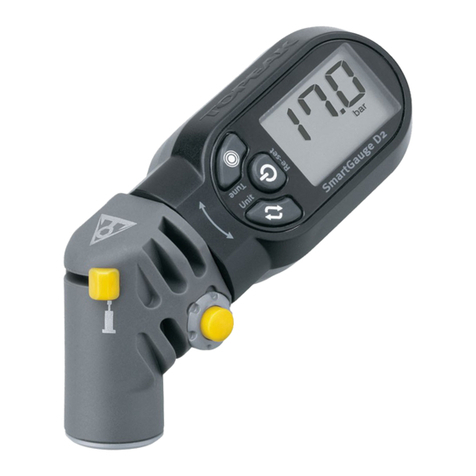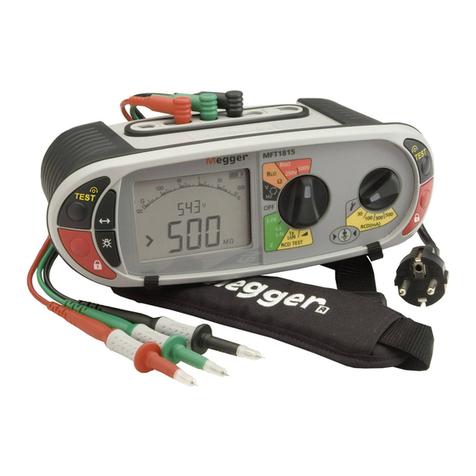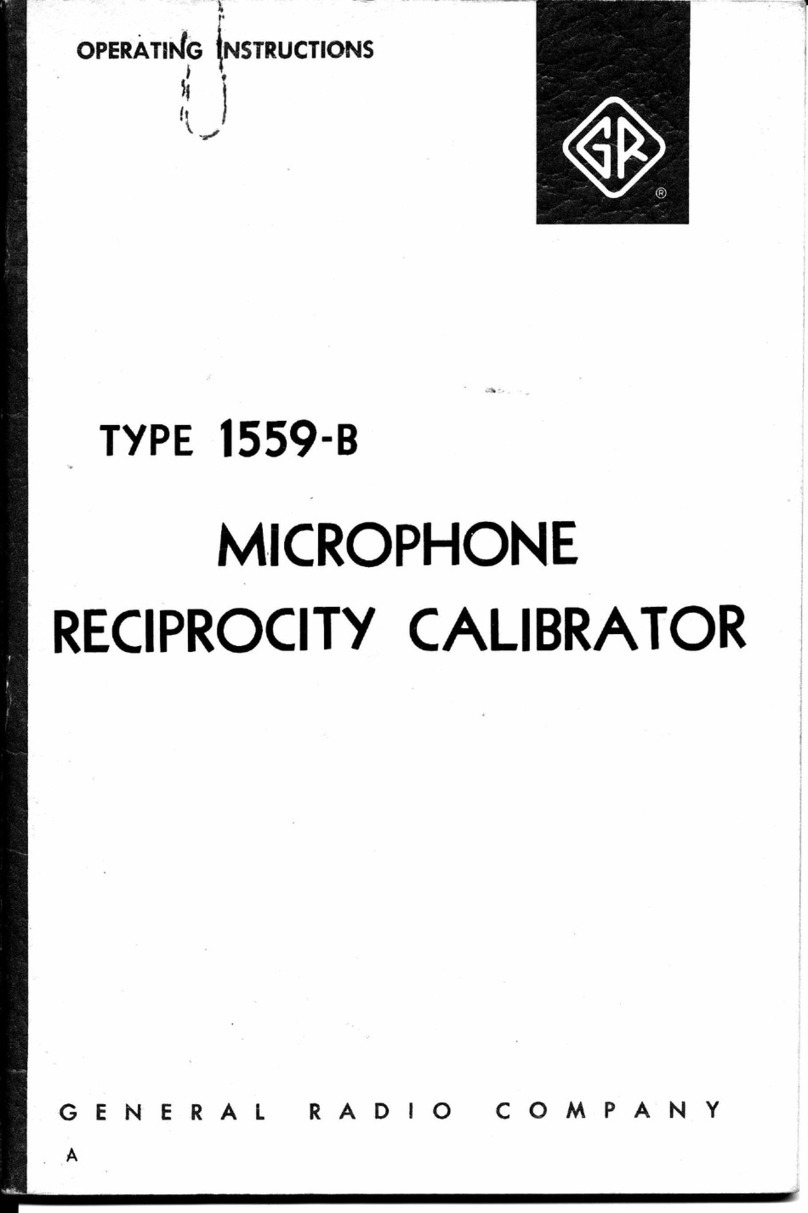Evaluation of the display
Display Capacity
„GOOD“ green Adequate to good
„REPLACE“ red Very weak to none
The upper scale applies to all normal batteries and the middle scale to all button and lithium cells. The
lower scale is intended for rechargeable batteries. However, no reliable statement about the capacity
of rechargeable batteries can be made with this device.
Zero adjustment
If the movement is out of adjustment, e.g. after a long period of non-use or after a fall, the unit should
be readjusted. To do this, proceed as follows:
1. Insert a suitable flat-blade screwdriver into the adjustment screw.
2. Turn the screw slowly until the pointer is exactly above the point on the left side of the scale.
Note: Do not test batteries during this setting!
Maintenance and disposal
Except for occasional cleaning, the battery tester is maintenance-free. To clean the
device, use a clean, lint-free, antistatic and dry cleaning cloth. Do not use any abrasive,
chemical or solvent-based cleaning agents. Dispose of the device that has become
unusable in accordance with the applicable legal regulations.
Measurement data:
Switch position Battery type Load current Voltage for „GOOD“
Button 1,5V Button cell 1 mA 1,125 V +/- 0,09 V
Lithium 3 V Lithium cells 1 mA 2,250 V +/- 0,18 V
AAA Microcell, N 10 mA 1,125 V +/- 0,09 V
AA Mignoncell 50 mA 1,125 V +/- 0,09 V
D Baby/Monocell 250 mA 1,125 V +/- 0,09 V
Photo 6 V Photo batteries 10 mA 4,500 V +/- 0,36 V
Photo 3 V Photo batteries 10 mA 2,250 V +/- 0,18 V
Photo 1,5 V Photo batteries 10 mA 1,125 V +/- 0,09 V
22,5 V Lighter battery 10 mA 16,875 V +/- 1,35 V
12 V Lighter battery 10 mA 11,250 V +/- 0,90 V
9 V 9 V Block cells 10 mA 6,750 V +/- 0,54 V
6 V 6 V Block cells 10 mA 4,500 V +/- 0,36 V
4,5 V 4,5 V Flat batteries 10 mA 3,750 V +/- 0,45 V
Technical data:
Operating temperature : + 0°C to + 40°C
Rel. air humidity : max. 85 %, non condensing
Dimensions (L x W x H) : 100 x 64 x 34 mm
Gewicht : 107 g
This instruction manual is a publication of Gunnar Holm-Petersen Außenhandel GmbH & Co., Schierenberg 70, 22145
Hamburg. All rights reserved, including translation. Reproductions of any kind, e.g. photocopying, microfilming, or recording in
electronic data processing systems, require the written permission of the publisher. Reprints, even in part, are not permitted.
These operating instructions correspond to the technical status at the time of going to press. We reserve the right to make
changes in technology and equipment. The latest operating instructions can be found at www.profitec.info
V1.04 Copyright © 01/2008
4




